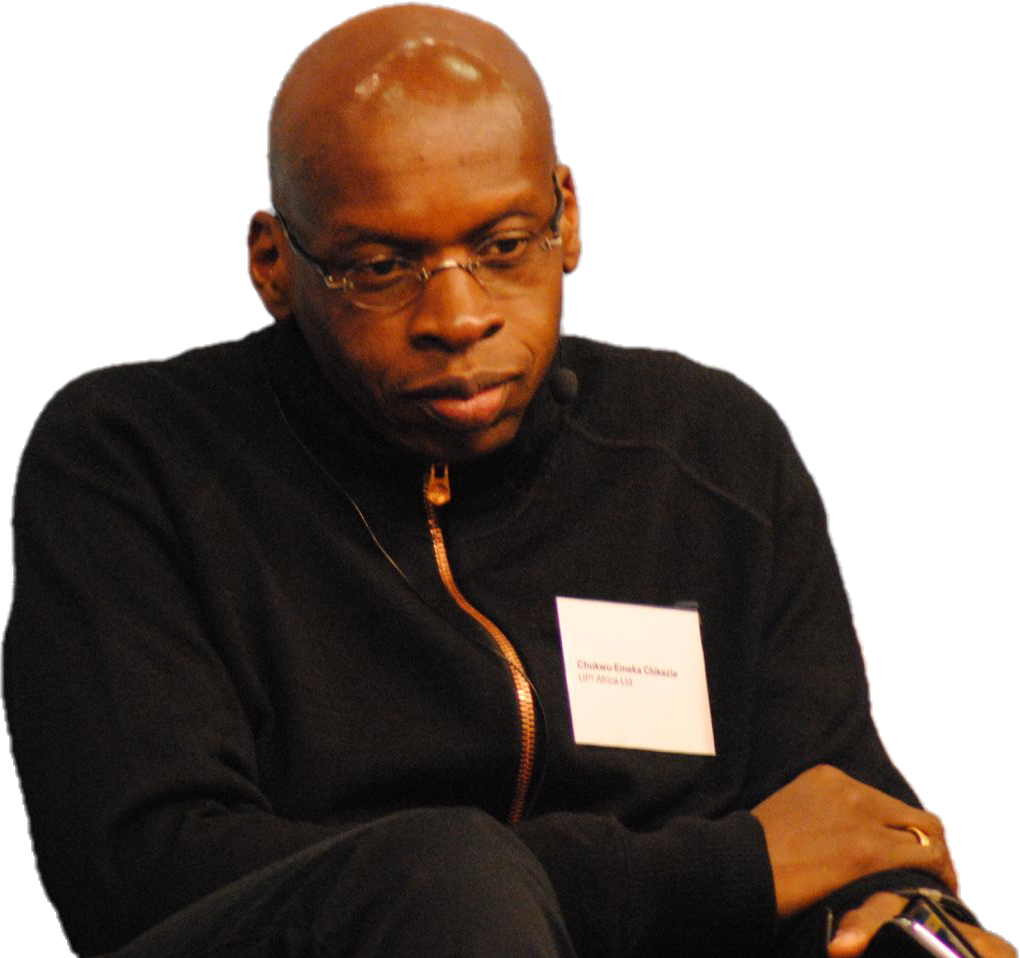A 20-year TRC report milestone
On October 5, 2004, the Sierra Leone Truth and Reconciliation Commission (TRC) presented its final report to the President of Sierra Leone, two years after the 11-year civil war ended. For 20 years, the guns in Sierra Leone have remained silent. This is a significant achievement. Sierra Leone bucks a trend. Studies suggest a high likelihood of post-conflict societies falling back into conflict. This unfortunate outcome has increased in likelihood over the last couple of decades.
What measures might help to consolidate peace further? Inevitably, 20 years after the final report was published, one place ripe for critical scrutiny will be the implementation of TRC recommendations. Implementation under successive governments has been fitful, even lackluster.
However, the Ministry of Information and Civic Education is taking decisive steps to incorporate civic education into the curriculum based on the TRC.
Inclusive economic growth is the key to consolidating peace. Strong and inclusive economic growth increases social cohesion, which raises the prospects for inclusive economic growth. However, the economic turnaround will take time. In the meantime, there are other options available.
Consolidating peace one museum at a time
Sierra Leone’s Peace Museum is one such option. It’s a hidden gem. Part of the museum is dedicated to the all-important function of digitizing the evidence from the TRC, a painstaking task that will take years to complete, considering the volume of information gathered. It’s under-resourced, yet it tells the harrowing story of the horrors of the war without presenting Sierra Leoneans as helpless victims. The museum gives prominence to the agency and voice of Sierra Leoneans who lived through the war. There are ample opportunities to read their testimonies in which some people explain in gut-wrenching detail what they endured. Yet the TRC enabled them to speak their truth and restore some of their dignity.
On the museum walls, you can see artwork by citizens. Some pieces explain what went wrong, while others offer visions for the future. Some envision a functioning society with an integrated economy that productively uses the country’s resources to benefit all citizens.

Peace Museum as a Constituent Museum?
The idea of a Constituent Museum contrasts with a traditional museum in four key ways: First, there’s a reciprocal relationship between the museum and its constituent communities. A conventional museum is more aloof and curates the content and experience for the visitors. Second, a Constituent Museum engages audiences as active participants. Third, a Constituent Museum has adaptable structures and frameworks to facilitate and enable constituent engagement. Fourth, Constituent Museums constantly engage and dialogue with constituents to adapt to their evolving needs.
As noted, the Peace Museum features citizens’ artwork and voices as integral to its collection and presentation of Sierra Leone’s wartime story. The other elements would require effort, but the payoff could be huge.
Deepening the Peace Museum’s Constituent Museum credentials
Given the precarious nature of its funding and institutional setting, the most fundamental missing piece of Sierra Leone’s Peace Museum is institutionalized citizen support and engagement. This missing link is so vital because strong citizen support for and engagement with the Peace Museum is both a symbolic gesture of support for consolidating Sierra Leone’s fragile peace and a substantive step toward deepening and strengthening peace through the learning that ensues and the buy-in that comes from citizens “owning” their Peace Museum.
Elements of this citizen sponsorship and support exist. A friend of mine, Jatin Hiranandani, who was born in Sierra Leone to Indian parents, told me about the museum some six months before we eventually visited. Jatin lived in Sierra Leone throughout the war years and unexpectedly found himself supporting peace efforts, even coming under heavy fire himself on many occasions. Jatin made it his mission to bring people into the Peace Museum. He was on first-name terms with the animated Peace Museum guide, Mr P J B Tucker, who acknowledged Jatin’s effort in bringing so many people to the museum. Jatin keeps coming back even though at times, he was visibly disturbed by some of the testimonies and artifacts on view. It’s impossible not to be touched by people’s stories and experiences during the war. Still, it underscores Jatin’s courage to return because of his commitment to consolidating Sierra Leone’s peace and stability.
Mr Tucker deserves much credit for the powerful experience of visiting the Peace Museum. He was caught up in the war and regaled us with the many stories of his capture and maltreatment.
Citizens unite and support the Peace Museum!
The Peace Museum could become a rallying point for Sierra Leoneans to consolidate peace and say, “Never again!” Once obtained, we must continually fight for peace. In the case of the Peace Museum, there are strong allies within the governance system. Joseph Kaifala, Chair of the Relics and Monuments Commission, welcomed the idea of citizens getting more involved with the museum. He’s working to place the museum on a sounder institutional footing as a public museum.
Imagine the Peace Museum as Sierra Leone’s first Constituent Museum, with strong citizen support through fund mobilization, active engagement, and support for the museum’s outreach efforts. This aspiration is well within reach and would be a fitting statement for us to make 20 years after the final publication of the TRC’s report.

© 2024 Chukwu-Emeka Chikezie, who writes in his personal capacity
